General Landscape Uses: Specimen shrub or small tree.
Ecological Restoration Notes: Associated with primary or very old seconday hammocks.
Description: Small tree or large spreading shrub with a rounded crown topped. Trunks usually gnarled, short and irregular. Leaves compound, dark green and shiny above.
Dimensions: Typically 8-20 feet in height; to 37 feet in South Florida. Usually about as broad as tall or broader.
Growth Rate: Slow to very slow.
Range: Monroe County Keys and Miami-Dade County; West Indies, Mexico and Central America. In Miami-Dade County, known only from the Florida Keys in and around Biscayne National Park.
Habitats: Hammocks.
Soils: Moist, well-drained limestone soils, with humusy top layer.
Nutritional Requirements: Moderate; can grow in nutrient poor soils, but needs some organic content to thrive.
Salt Water Tolerance: Low; does not tolerate long-term flooding by salt or brackish water.
Salt Wind Tolerance: Moderate; grows near salt water, but is protected from direct salt spray by other vegetation.
Drought Tolerance: High; does not require any supplemental water once established.
Light Requirements: Full sun.
Flower Color: Blue.
Flower Characteristics: Showy during peak flowering periods; about 3/4″ wide.
Flowering Season: All year; sporadic.
Fruit: Orange-yellow capsule, splitting open to expose black seeds with red arils.
Wildlife and Ecology: Provides food and cover for birds. Larval host plant for lyside sulphur (Kricogonia lyside) butterflies. Attracts bee and butterfly pollinators. Catbirds and mockingbirds eat the seeds.
Horticultural Notes: Can be grown from seeds cleaned of pulp. Plant right away; seeds do not store well. Place in light shade or full sun.
Comments: In South Florida, naturally known only from the Florida Keys although it has been widely planted elsewhere. Beautiful examples can be seen at Lignumvitae Key Botanical State Park. It was formerly logged to near extinction for its beautiful and useful wood. It is listed as endangered by the state of Florida and as critically imperiled in South Florida by The Institute for Regional Conservation.
Synonyms: Guajacum is an orthographic variant.

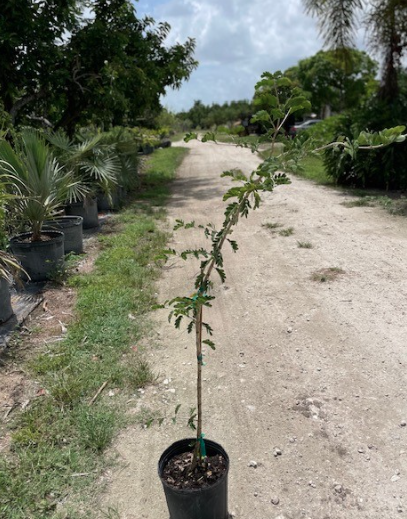

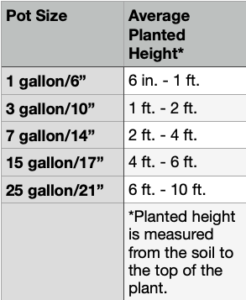
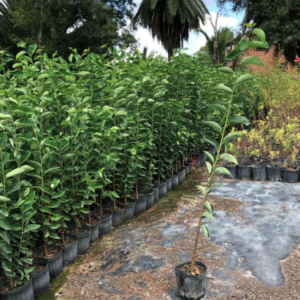
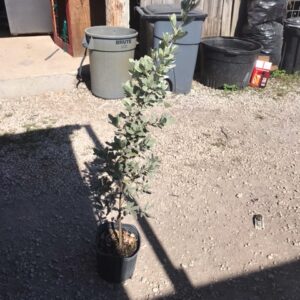
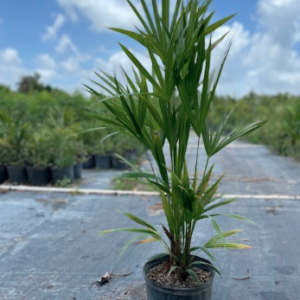
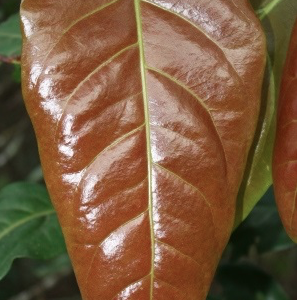
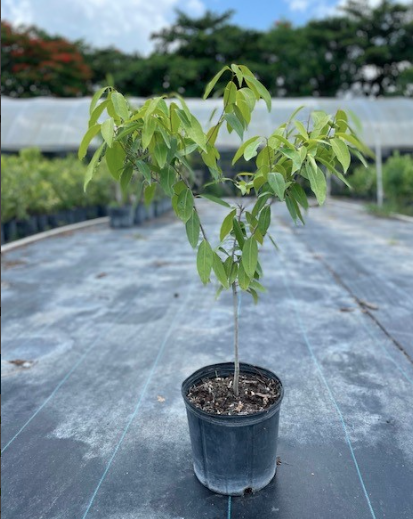
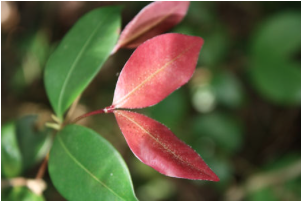
Tyler Johnson –
I had such a great experience purchasing from this seller! The plant arrived in perfect condition, healthy and vibrant. The entire process was seamless, from placing the order to delivery. I would definitely recommend this shop to anyone looking for quality plants and a stress-free experience!